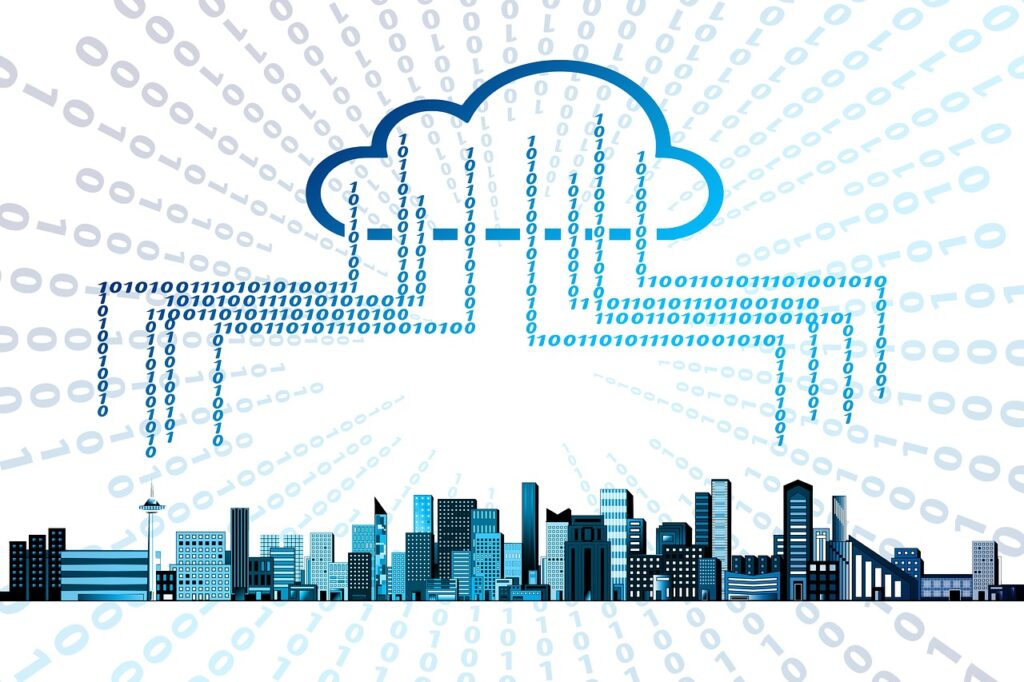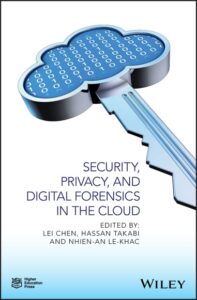Cloud computing has been changing the way people live and work. With the continuous growth of cloud computing and related services, security and privacy has become a critical issue and will only increase in importance over the coming years. Here are a few reasons why that is the case and a recommendation if you are looking to get a comprehensive understanding and background of cloud security thanks to a new book by Lei Chen, Hassan Takabi, and Nhien-An Le-Khac.
Future realities
If you have watched the recent BBC series Years and Years, you will no doubt have been taken aback by the part of the story that focuses on one of the characters desire to become ‘transhuman’. Basically, transhumanism is “an international philosophical movement that advocates for the transformation of the human condition by developing and making widely available sophisticated technologies to greatly enhance human intellect and physiology”. What this means in plain words? Well, to use the example of the TV series, the teenage girl wants to upload her consciousness to the Cloud and subsequently have her body recycled, much to the dismay of her parents.
What for some is a wonderful prospect and a form of immortality, for others it is a disturbing future and simply another kind of dystopia. In any case, it is one of a number of interesting and certainly relevant developments the series explores and that our society and human kind as a whole has to deal with. In some of these cases, we are already in the middle of the processes that discussed the various aspects as in the example of cloud computing, data protection and privacy.
The cost of cybercrime
Need an example? Well, just look at cybersecurity or better the question: What is the annual cost of cybercrime?
Cybercrimes steadily become more frequent with the annual cost of cybercrime at approximately $600 billion, or 0.8% of global GDP.
Cybercrimes steadily become more frequent with the annual cost of cybercrime at approximately $600 billion, or 0.8% of global GDP.
The average cyberattack in 2018 cost businesses $1.1 million, which is 52% more from the year before. With these numbers on the rise, it already takes a top place on the list of priorities of senior management, risk managers and IT departments.
What’s next for Data Protection?
With GDPR being the most discussed new regulation of recent times, the next wave is already around the corner. The ePrivacy Regulation is going to be the next step in the new data protection framework of the EU. It promises to bring more challenges to the financial services industry that is still struggling with the new data protection regulations introduced by GDPR.
The impact of cloud computing?
Cloud computing eclipses all other forms as the overarching structure and backbone of digitalization. With data moved from local storage to on‐demand computing and storage capabilities, it transforms business models and consumer behavior entirely and changed the way we live and work. On the other hand, it is also the source of the risks and challenges of the first two aspects.
Security, Privacy, and Digital Forensics in the Cloud
Naturally, especially these three aspects are the subject of extensive discussion and are at the centre of a new book edited by Lei Chen, Hassan Takabi, and Nhien-An Le-Khac. More than thirty top researchers from the U.S., the European and other countries, and professionals active in the field of information and network security, digital and computer forensics, and cloud and big data discuss the security and privacy aspects of the cloud, and the relevant cloud forensics.
Entitled “Security, Privacy, and Digital Forensics in the Cloud”, the book in the first part covers the fundamentals of cloud infrastructure security. It also explains the eternal conflicts between security and cost with regard to the confidentiality of data in the Cloud. It then analysis access control in cloud IaaS as well as cloud security and privacy management, and hacking and countermeasures. A key point are the chapters on risk management and disaster recovery together with auditing and compliance, and security as a service (SaaS).
The second Part then addresses cloud forensics: from model, challenges, and approaches, to cyberterrorism in the cloud. It sets out the digital forensic process and model in the cloud; data acquisition; in principle and explained through two case studies; and everything about digital evidence management, presentation, and court preparation. It provides an examination of the current approaches to the analysis of digital evidence and suggests comprehensive approaches and concludes with a chapter on the forensics as a service (FaaS), where the book focuses on solving the ever‐increasing number of both criminal and civil cases that involve electronic evidence, increasing data and storage device sizes, and devices connected to the Internet of Things (IoT) that have been and continue to be foot soldiers for geographically remote cybercriminals and nation states.
Security, Privacy, and Digital Forensics in the Cloud by Lei Chen, Hassan Takabi, and Nhien-An Le-Khac is published by Wiley.

